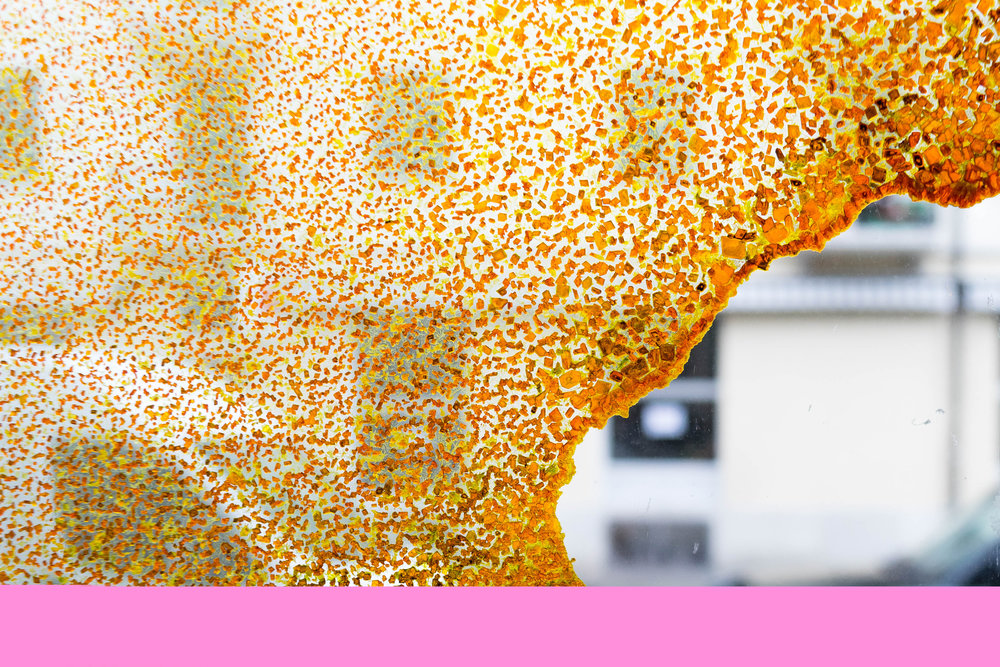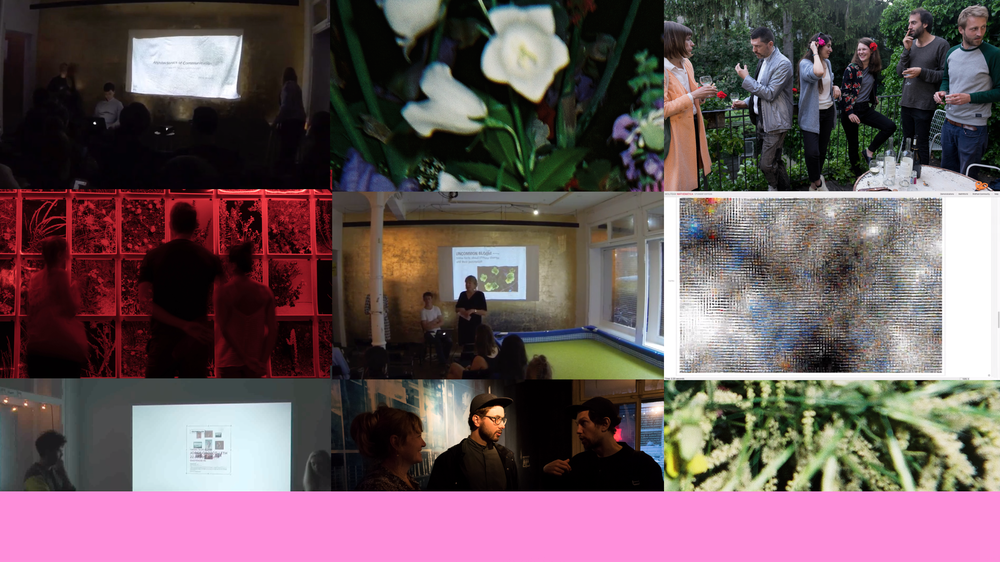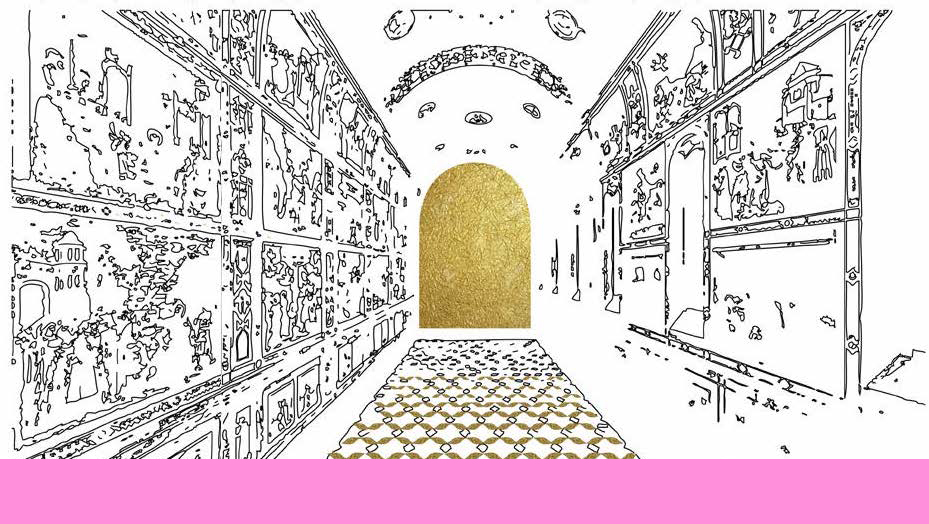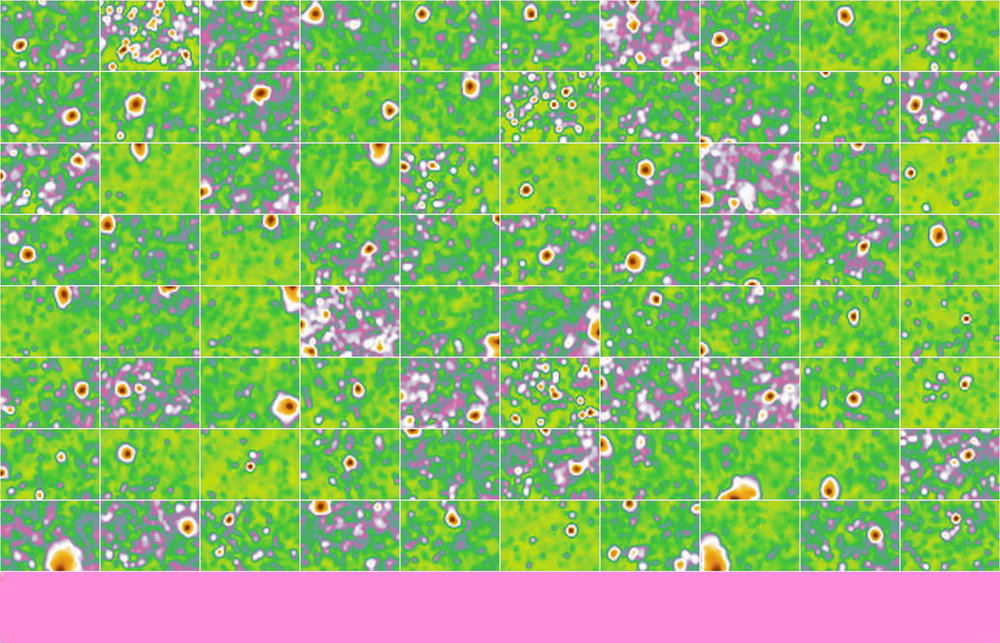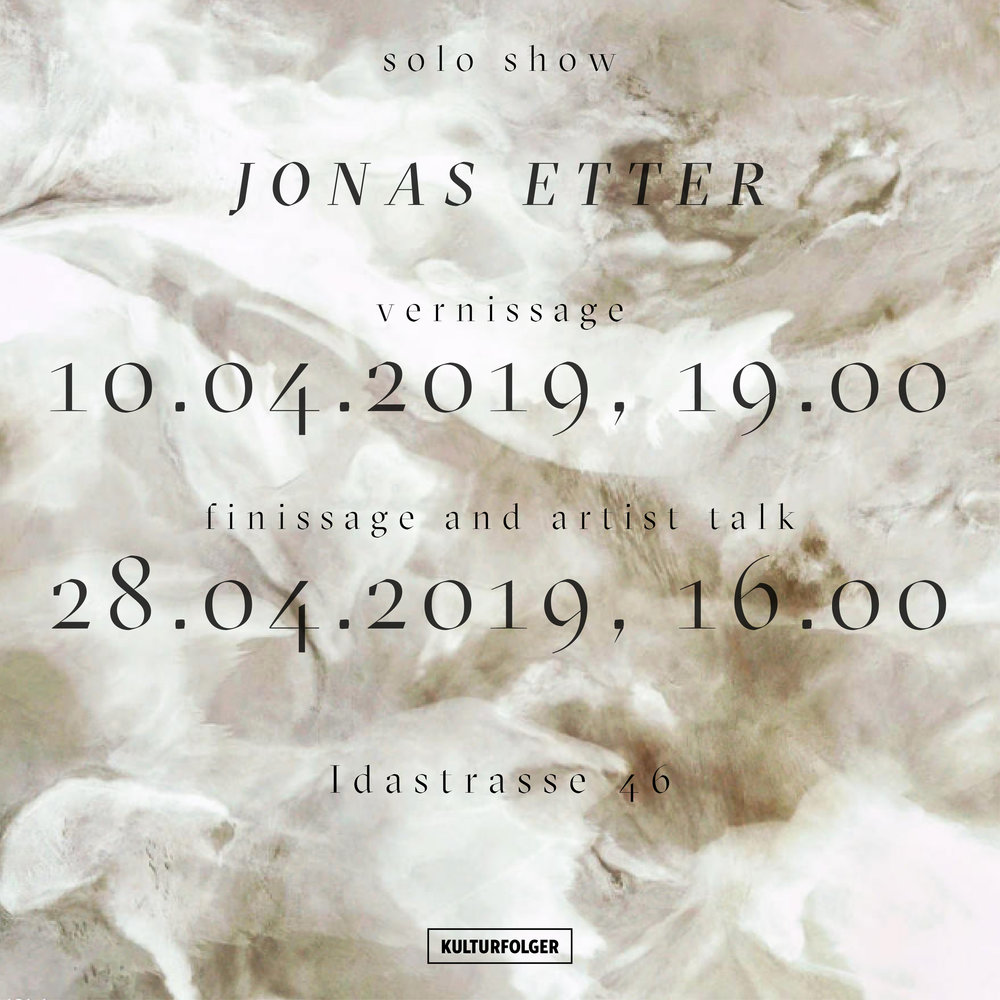
CLINAMEN or how to synthetize alphabets
New year, new topic. A new world: endless characters everywhere. Avatars, mutants, brands; each one narrating its own story: both online and in real. All those characters act as actors in daily dramas, and as well constitute new alphabets that facilitate those interplays. They are neither universal nor comprehensive. Rather, the alphabets those characters compose are synthetic and constantly in flux.
Kulturfolger wants to articulate one such alphabet: exhibitions and artworks are becoming characters of Kulturfolger’s alphabet through their possible dramatic presentations: through atoms, through letters, through numbers…
Our first exhibition is material; made out of sugar, aluminum and energy. It opens up a question of how to deal with Alphabets on the level of atoms? Kulturfolger is in love with the creative power and the idea of the clinamen. In pre-Socratic philosophy, clinamen is the smallest angle by which an atom deviates from a straight line. When atoms fall through the void, according to Lucretius, they deviate slightly from their course. This deviation is the generator of differential energy and matter. For Lucretius, “If it were not for this swerve, everything would fall downwards like raindrops through the abyss of space. No collision would take place and no impact of atom upon atom would be created. Thus nature would never have created anything.” If the fall of atoms would have nothing to disturb it, there would be nothing more than the fall; a constant equilibrium and stasis. It’s only with the swerve in the fall of atoms - with clinamen – where differences are articulated. Matter is clumping in new ways, sometimes only momentary coagulations of turbulent systems that dissolute as soon as they appear.
A creation of new characters - in grammar too: a declension, Die Deklination, the inflection of nouns, pronouns, and adjectives. Change is hidden in the swerve of words. Clinamen allows the production of differentiated forms, open to many meanings, complex and sophisticated syntaxes, just like language does. If letters are to words what atoms are to bodies, that would imply they are constantly in flux. Roland Barthes knows the delicate connection between the letter and the word: “Such is the alphabet’s power: to rediscover a kind of natural state of the letter. For the letter, if it is alone, is innocent: the Fall begins when we align letters to make them into words.”
In the heat which stirs up the smallest elements; among sugary fluids and turbulence; on the inclination of atoms within aluminum; in the midst of the formation process that requires heat and power - almost random in its outcome - the story of clinamen touches upon the work of Jonas Etter: “Who Thinks For a Long Time, Does Not Always Choose the Best.” The energy is enclosed - both in the sugar masses and in the aluminum column. Total of 350 kilograms of melted sugar form six objects. The flow of each new layer of burnt sugar cannot be exactly estimated. This slight change is the introduction of disorder into a system solidified into a temporary equilibrium. A possible character with its total energy of 5.86 GJ. A counterpart and a second character is a column of approximately 220 meters of aluminum foil compressed with a hydraulic press. Embodied energy of this character is 211 GJ per tonne. This is what is before us: the flow of abundance, luxury, implicit energy. The turbulent flow frozen for a moment. A rendering from the clinamen. Swirling atoms creating things.
Within the atomic modification, objects become protosemantic. They are before any meaning, ready to inscribe a new one. The voice over them reads a diary - a discipline of observation and precision. Through voice, objects become characters, with an alphabet of atoms. Clinamen is a poetic device as much as it is atomic.
Bis 28.4.19
Öffnungszeiten:
Fr: 17-19 UHR
Sa/So: 16-19 UHR
www.jonasetter.ch

